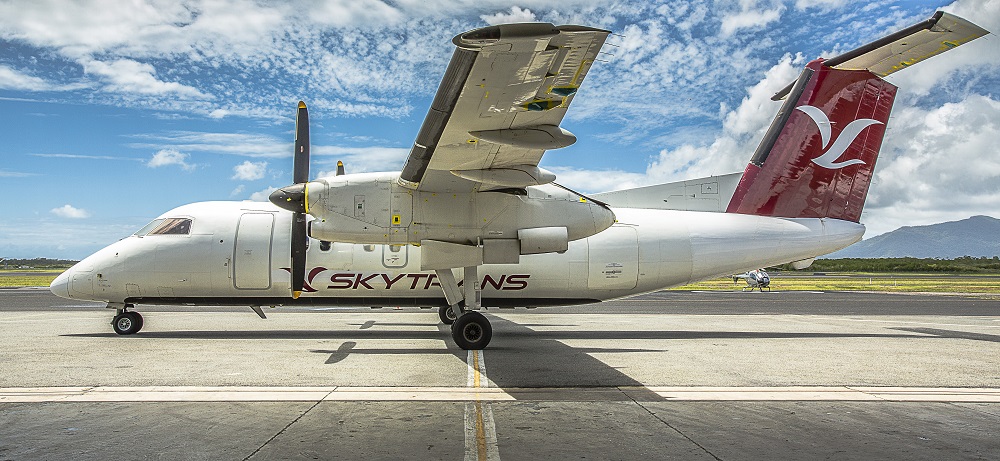Inside the benefits of the Skytrans Dash-8 fleet
 31 years after Skytrans began operating, the Australian airline is now in a position for expansion and expects to increase its fleet size in the coming months. New growth will mean new opportunities for the airline and Australia. However, as we look toward the future, it’s important to appreciate the aircraft that powered the airline for the last three decades.
31 years after Skytrans began operating, the Australian airline is now in a position for expansion and expects to increase its fleet size in the coming months. New growth will mean new opportunities for the airline and Australia. However, as we look toward the future, it’s important to appreciate the aircraft that powered the airline for the last three decades.
Skytrans currently operates seven De Havilland Dash-8 turboprop aircraft that will increase the efficiency of ACMI operations in Australia, Adrian Smith GM Engineering explains.
Manufactured by De Havilland Canada, the Dash-8 is a turboprop aircraft that had its first flight on June 20th, 1983. Nearly 1,000 examples of the Dash-8 were produced across four series. Today, approximately 800 Dash-8s continue to operate around the world, including 95 registered in Australia, according to the Australian Civil Aviation Safety Authority.
“The Dash-8 is known for its fuel efficiency, especially on short-haul routes. Its turboprop engines consume less fuel compared to other aircraft, leading to lower operating costs,” Adrian Smith said. “The Dash-8’s lower fuel consumption contributes to a smaller carbon footprint, aligning with increasing environmental regulations and sustainability goals.”
Skytrans’ Dash-8 fleet consists of two variants: the Dash 8-100 series and two of the larger -300. The -100 series was the first of the type produced by De Havilland Canada. Skytrans operates serial number 004, the second production Dash-8-100 ever built.
Just like any other aircraft, the older Dash-8 requires maintenance. Smith said that the Dash-8 was originally designed to have a lifespan of 80,000 cycles; in other words, the aircraft was designed to leave the ground and return safely 80,000 times. Smith added that thanks to modern maintenance, testing, and design, the aircraft’s lifespan has doubled to 160,000 cycles.
“The lower maintenance requirements of the Dash-8 are beneficial for regional airlines operating to manage profit margins,” Adrian Smith said.
The Dash-8 itself offers other benefits specific to Australia. As a design, turboprops are often capable of takeoff and landing in shorter distances, meaning that the Dash-8 can operate at smaller airports in isolated areas of the country.
“Many regional airports in Australia have limited infrastructure. The Dash-8’s ability to operate efficiently from these airports, including those with unpaved runways, makes it a versatile choice for regional aviation,” Smith said. “The aircraft are designed to operate without Ground Service Equipment (GSE), are equipped with an Auxiliary Power Unit (APU) that keeps the aircraft cool whilst on the ground and can also perform battery starts if the aircraft has been on the ground for a longer period.”
Now part of the Avia Solutions Group, the Dash-8’s versatile capabilities will allow the aircraft to be utilized on more missions inside Australia. One of the virtues of ACMI operators is the ability to send aircraft to different areas depending on where they are needed most. For example, if there were economic conditions that dropped demand for the Dash-8 on a certain route, it would be able to replace other less efficient aircraft across the region. As Avia Solutions Group expands Skytrans’ fleet with new aircraft, the current fleet’s utilization can become more competitive in other areas of Australia.
